Dance, fitness instructors help students adapt their homes to keep moving in quarantine
Dance, sports and fitness instructors are helping their students stay fit in quarantine with Zoom, dining room chairs and prizes to keep them motivated.
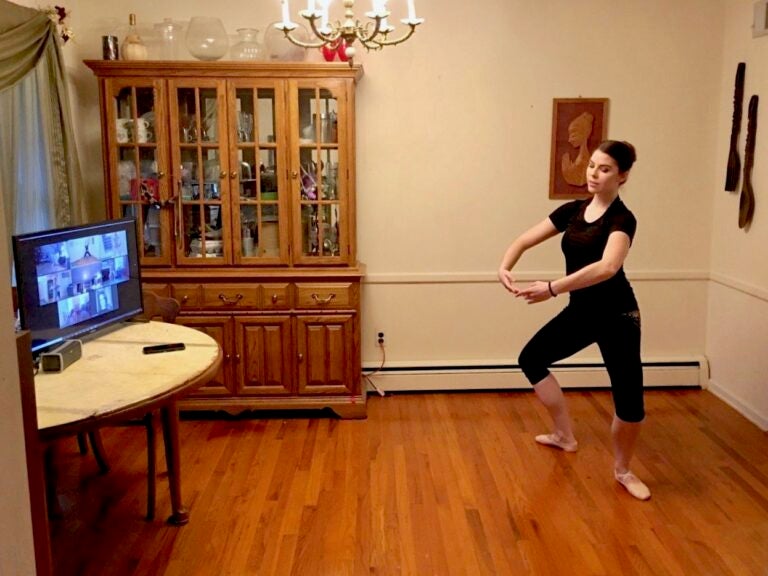
First State Ballet Theatre company dancer and faculty member Jessi Eizember teaches a children's ballet class on Zoom. (Courtesy of Traci Eizember)
Are you on the front lines of the coronavirus? Help us report on the pandemic.
Dance students at the First State Ballet Theatre in Delaware dress in their tights and leotards or white T-shirts, and girls put their hair in buns for their scheduled daily classes.
But instead of traveling to the Wilmington studio, their commute is only as far as their living rooms, bedrooms or basements. Piano music and the sound of their teacher’s voice resonates from a computer as they practice their pliés, ronds de jambes and développés, while holding on to a chair in place of the ballet barre.
The Theatre, which holds classes for all ages and skill levels, and has a professional performing company, temporarily closed its doors after nonessential businesses were ordered to shut down to prevent the spread of COVID-19 in Delaware.
None of the ballet teachers had even heard of Zoom before the pandemic, but now they — and other dance, sports and fitness instructors worldwide — rely on the live video service. Instructors across Delaware, who are often self-employed, say Zoom helps them earn some income, maintain some sense of normalcy, and offer much-needed instruction for their students during quarantine.
“These students are very dedicated to what they do, and it’s very similar to athletes,” said school director Joan Beatson. “It’s part of your day, and you spend hours practicing or rehearsing or refining technique. To take that away so abruptly can be very devastating.”
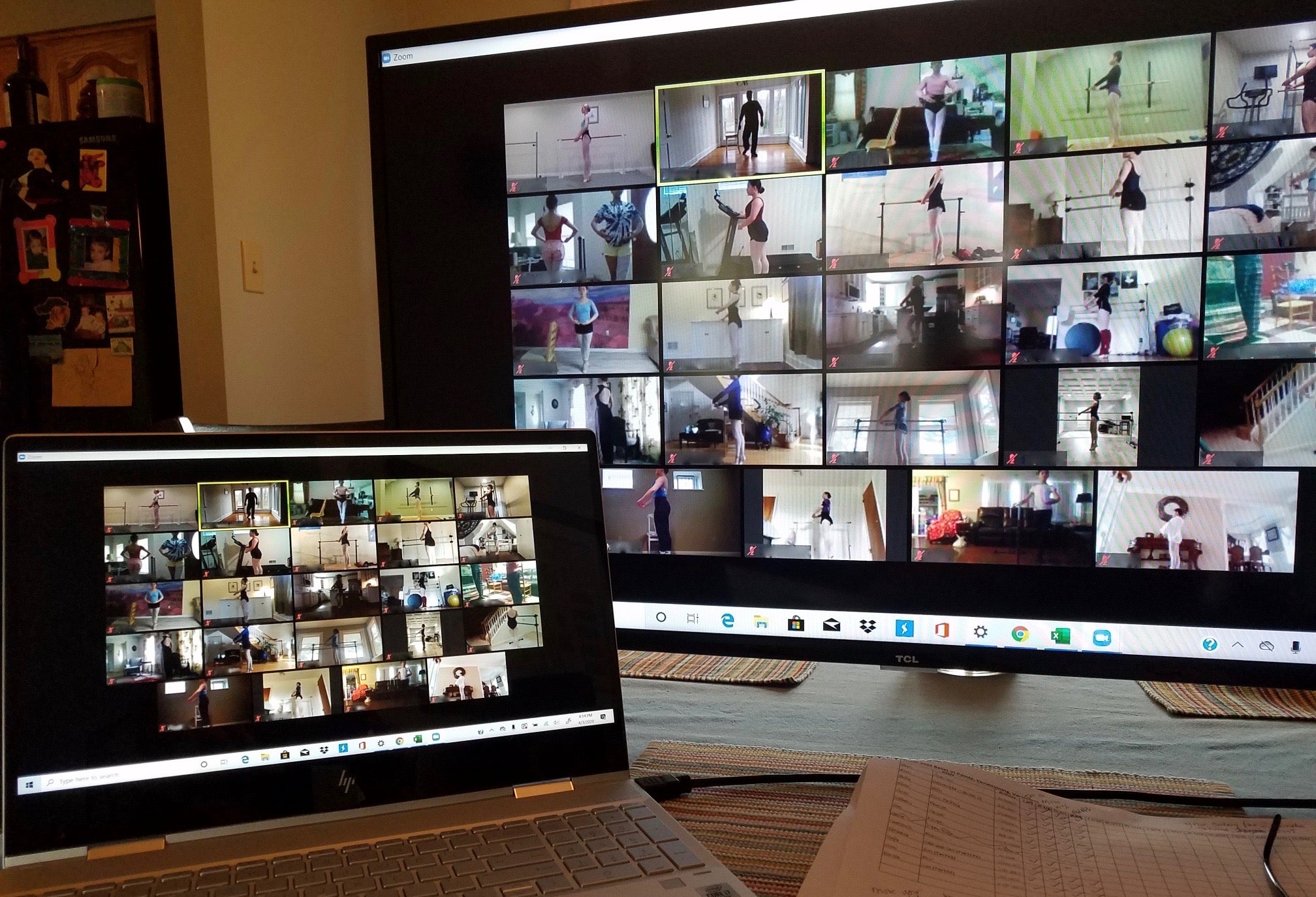
Beatson said the program’s young students need their teachers’ support.
“And also they need to dance and keep moving — you’ll lose your technique pretty quickly, and you need a lot of strength to execute at that level,” she said. “For our students, we wanted to maintain that so when they do come back, they’ll be able to get back faster.”
Adapting homes and yards for competitive quarantine training
Coaches at First State Gymnastics in Newark also have been teaching Zoom lessons to maintain their competitive athletes’ fitness. The classes are focused on cardio and strength conditioning.
“If they’re putting in the work now, it’s only going to help them with this curveball of when they go back to the gym and adapt to that difficult time where they haven’t trained — and they’re used to training 30 hours a week,” said coach Paige Schiavone, who teaches two Zoom lessons a day.
“You can keep that athlete-coach bond stronger than ever, especially when some of these kids need us,” Schiavone said. “Some of these kids are home-schooled and are with us more than their own families. Knowing, ‘I have your back during this time and we’re going to get through it together’ is one part that’s really important to those kids.”
One of her students, Ashley Strandberg, 14, said she was upset she couldn’t go to the gym to train because she feared she would lose her skills. The competitive athlete didn’t know how to keep up her conditioning on her own, but she was excited to interact with her coach and teammates on Zoom.
“It feels like the full experience at gymnastics, when we do the exercises our coach can correct us, which we wouldn’t get if we were just watching a video,” Strandberg said.
Coaches and athletes have to adapt and be creative, however, because homes aren’t always safe or have the necessary equipment. But while gymnasts can’t practice on a balance beam, Schiavone said they can put a tape line on the floor to practice walks, kicks and relevés — balancing on the balls of their feet and toes. And while they can’t practice their full-floor routines, because it requires a large space and mats to tumble, they can work on dance elements.
Strandberg said she’s fortunate to have a cheese mat and air track at home, which typically are used to practice tumbling. She’s even combined the equipment to practice vaults. Strandberg and her sister practice in their front yard, getting “some strange looks sometimes” from neighbors.
The home is not conducive to certain aspects of ballet training either. Dancers start their class with exercises at the barre — attached to the wall, students hold onto it for stabilization. Teachers and students are now using dining room chairs as a substitute, ballet director Beatson said.
Some dancers aren’t able to practice jumps, because it requires sprung flooring to prevent injuries, and exercises in pointe shoes have been reduced because home floors can be slippery.
“I have to use my own space, which is very different and was a little bit intimidating at first because I’m unfamiliar with dancing in my home, and I’ve had to adapt to learning through the screen as opposed to learning face to face. But I think we’re all adapting and it’s going pretty well,” said student Renee Amado, 15. “Zoom means everything. The fact teachers are being flexible and continuing to offer classes in this hard time is amazing. It matters because when we go back everything will be easier.”
Her classmate Sydney Jones, 17, agrees: “Ballet is a big part of my life and if I didn’t have the choice to take classes during quarantine it would make this experience so much harder for me.”
‘It keeps me motivated’
Virtual lessons aren’t only for competitive athletes. Professional fitness instructors, like Cardi Davis, offer virtual lessons for recreational students. The part-time personal trainer for the Hockessin Athletic Club teaches online from her 2-year-old son’s bedroom — which she jokes is the least cluttered room in her house.
Davis, who teaches everyone from women who want to lose baby weight to people with disabilities, even started “The No Way Challenge,” which will reward three students with prizes if they don’t gain weight over a six-week period.
“It encourages them to still eat clean and do other workouts when they’re not meeting with me,” she said. “I hear people say, ‘I’ve already gained 10 pounds and can’t stop eating because I’m home all day.’”
Her student Chimere McLean was taking fitness classes to prepare for her first Spartan Race in May. While the event might be canceled or postponed, McLean still wants to stay in shape — and the Zoom classes offer one-on-one feedback that a DVD or YouTube video doesn’t.
“She challenges me. If I know she’s watching, I put in a little more effort,” she said with a laugh. “If it’s just me I go, ‘Oh my gosh, I’m so tired.’ But she won’t let you quit. So, it keeps me motivated, and I can ask her questions if I’m doing it right.”
Davis’ colleague Dina Saitis has moved her living room coffee table and chairs to teach fitness classes.
Saitis has found the silver lining of quarantine: being able to pick up new students in California and Florida, thanks to Zoom. While most students don’t have weights at home, they’re able to do bodyweight exercises and high-intensity interval training.
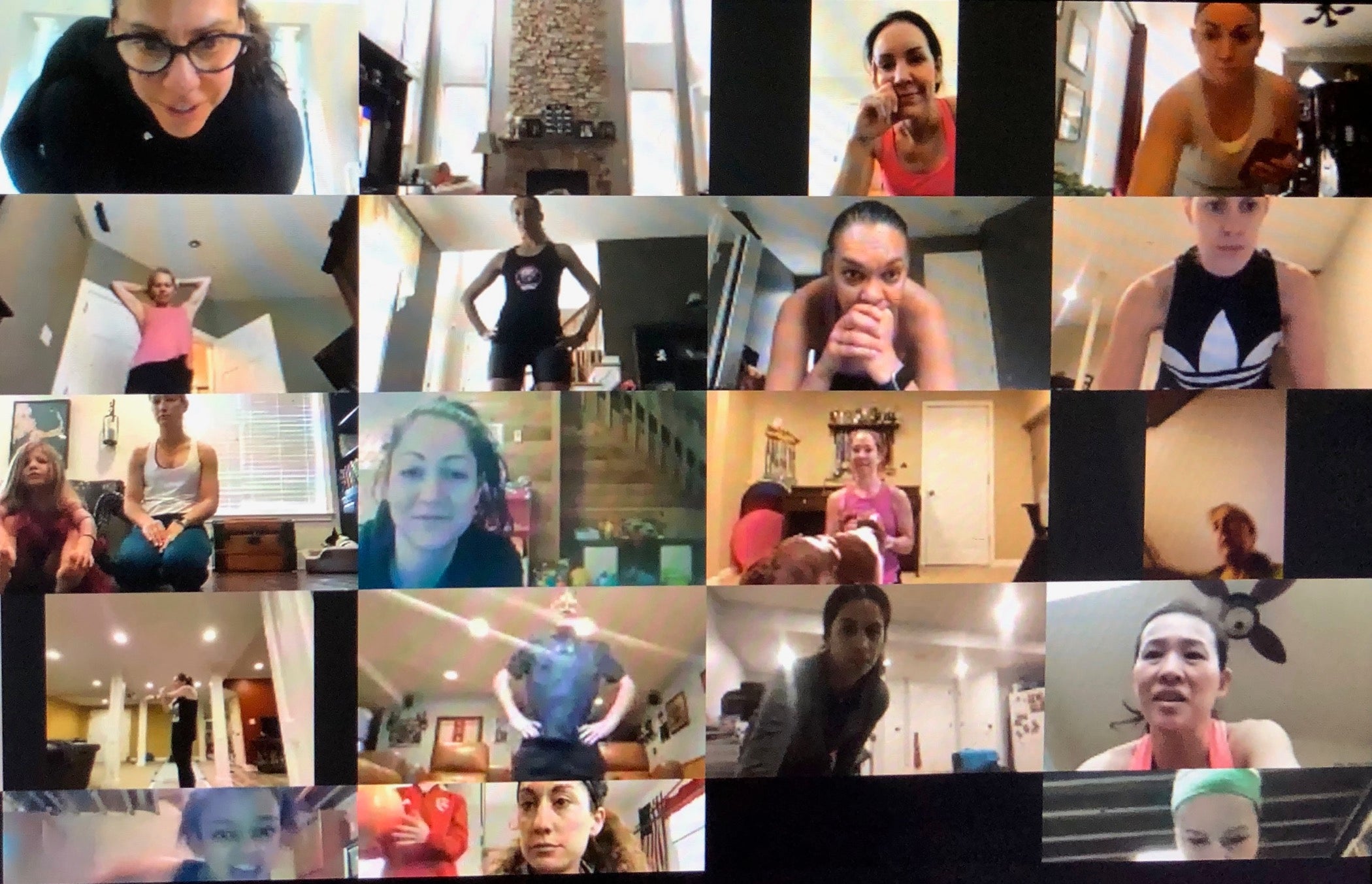
“It is an antidepressant. Exercise is your way to keep away the demons,” Saitis said. “It’s also important to stay as healthy as possible and keep your immune system in top running condition, especially in this climate.”
Zoom classes are also beneficial to those who can’t normally take in-person lessons, yoga student and teacher Tori Dennis added.
“What’s cool about the online space is we’re all working from home, so maybe our schedules are more flexible, so it gives people who don’t always have the time to get to a studio to experience it,” she said. “And people who can’t afford it, too. Some people are doing donation-based classes or classes that are only $5, so if you can’t afford to do a drop-in class, now’s a good time.”
Finding an income stream
Some teachers say they’re fortunate to have a steady income stream during this time. Fitness instructor Davis, who is a school physical education teacher full-time, said she’s grateful for her regular job, which now takes place virtually. Her colleague Saitis, a full-time personal trainer, said she’s able to offer her Zoom classes for free because her husband is still working, and she’s able to receive unemployment benefits through the federal stimulus package.
However, many instructors depend on their teaching income.
Sarah Wnenchak, the owner of Truly Yoga in Newark, said the small income she makes on Zoom classes does not compare to her normal salary — but that she wanted to continue teaching to help her students.
Before the pandemic, Wnenchak’s studio held two to four classes a day, taught by herself and other instructors who work as private contractors. Now they only teach about two a day between them on Zoom. Wnenchak has applied for unemployment benefits as part of the federal stimulus package but is still waiting for approval.
“I think it’s sad so many people have lost their opportunities, especially when it comes to the service industry,” she said. “When people [had] to be one-on-one or in groups and interactive [for work before, now] they have to think of creative ways to make money and continue on.”
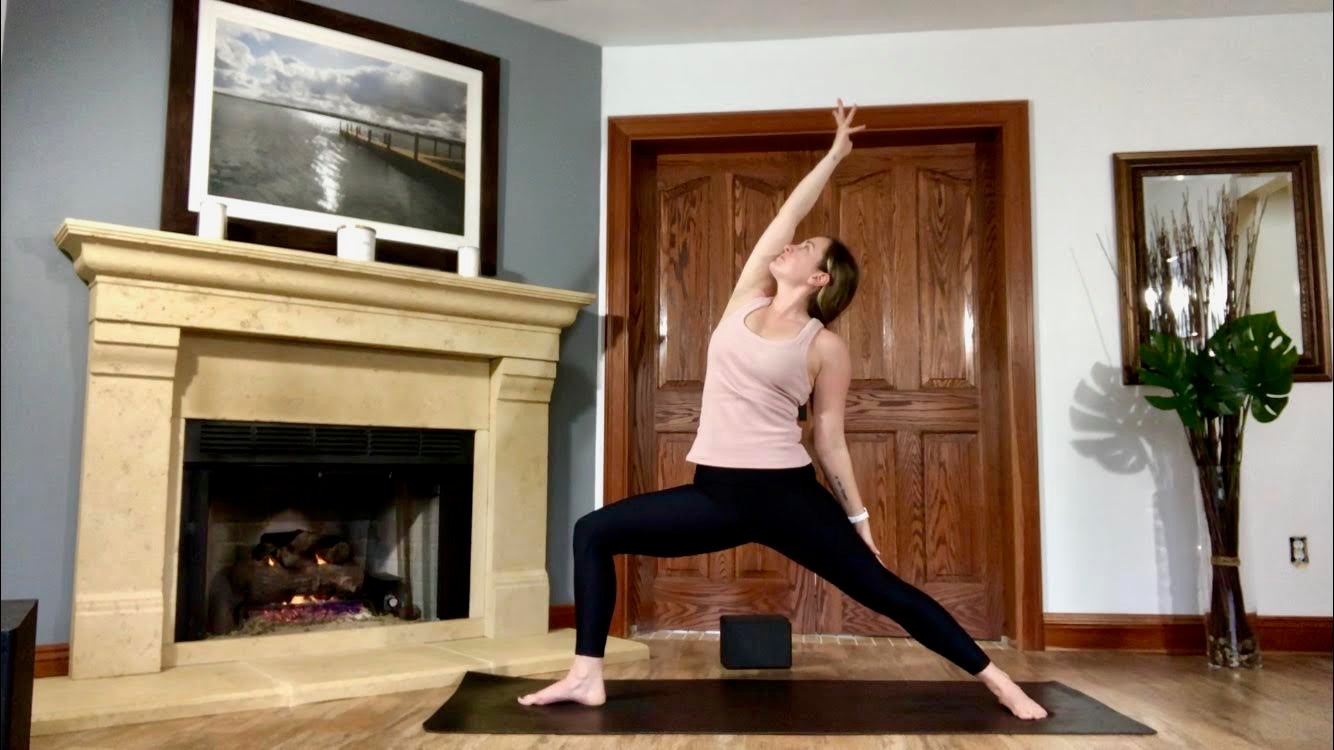
All of the 150 students at the First State Ballet Theatre have registered for Zoom classes. However, tuition for the virtual classes is cheaper than the normal rate.
The company’s production of “Romeo and Juliet” has been canceled. So has its gala, its biggest fundraiser, which last year raised $25,000. The school has reduced its full-time faculty from 10 to six. Now, the school is exploring opportunities for community grants.
“It’s just not clear yet how deep the damage will go. All the arts rely on being together, so we just don’t know what that’s going to look like yet,” Beatson said. “A lot of dancers are freelancers, so they are hugely affected. Most of our company dancers have other jobs or they’re students and it just worked out their contracts ended in April. But for the dance community at large, it’s devastating.”
Wnenchak said she is trying to stay focused on the fact quarantine won’t be permanent. Her goal is not to make money, but to make sure her students are staying positive during this time.
“Yoga helps you come back to a place of presence and acceptance. Not complacency, but a place of, ‘I can’t control what’s going on, but I do have control of how I make my choices, how I react,’” she said. “That affects our stress response, and if we’ve seen any information on how stress impacts our immune system and health, it’s the number one thing we need to look at.”
WHYY is your source for fact-based, in-depth journalism and information. As a nonprofit organization, we rely on financial support from readers like you. Please give today.



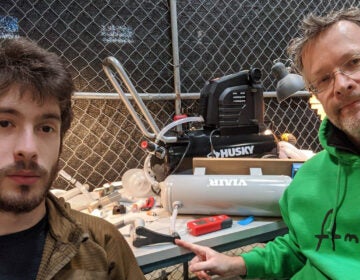

![CoronavirusPandemic_1024x512[1]](https://whyy.org/wp-content/uploads/2020/03/CoronavirusPandemic_1024x5121-300x150.jpg)


